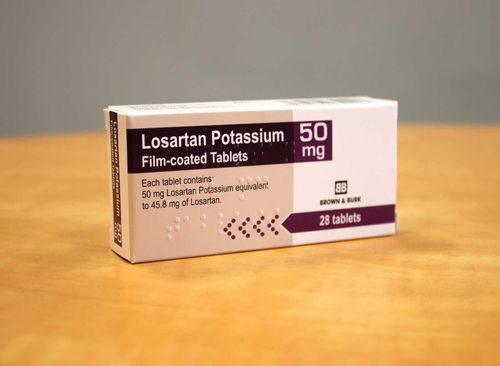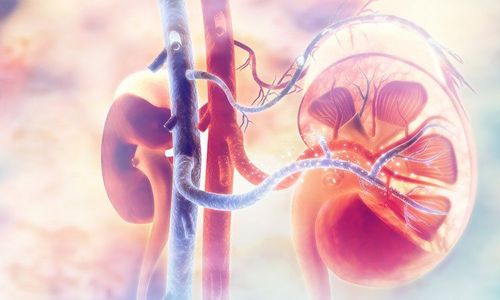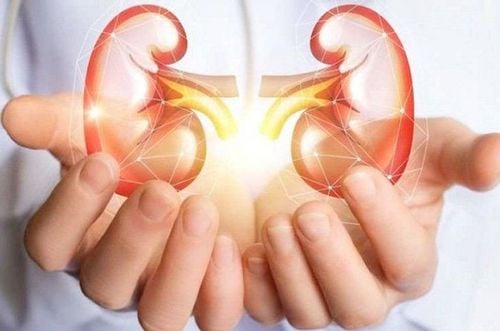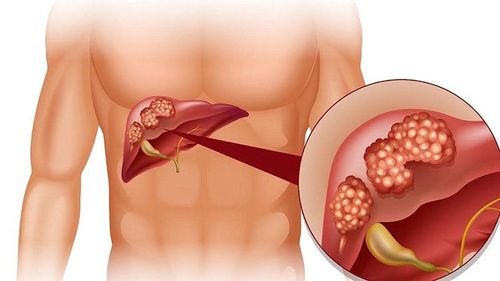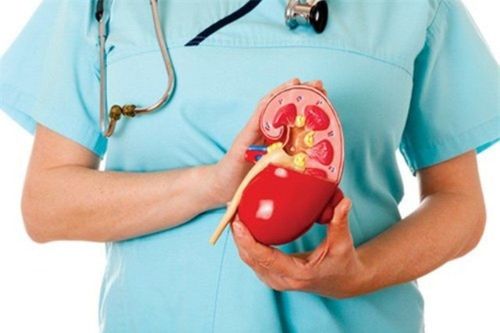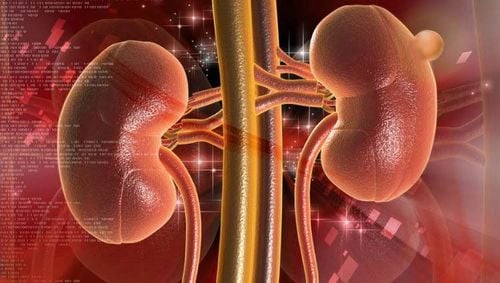This is an automatically translated article.
Acute glomerulonephritis is an autoimmune glomerulonephritis, usually initiated by group A streptococcal infection. The disease is common in children aged 2-12. In our country, acute glomerulonephritis is common. occurs in summer (due to skin infections) and winter (due to sore throat).The article was professionally consulted by Associate Professor, Doctor, Doctor Tran Le Linh Phuong - Department of General Surgery - Vinmec Nha Trang International General Hospital
Acute glomerulonephritis
Acute glomerulonephritis is a disease that causes acute kidney damage. In children, the most common cause is a streptococcal infection. The disease has a sudden onset with generalized edema, oligouria, hematuria, cloudy urine, high blood pressure and can be life-threatening due to acute renal failure, acute heart failure, acute pulmonary edema, cerebral edema... if not treated in a timely manner. On the other hand, if not treated properly, long-term kidney damage leads to chronic kidney failure later in life.Therefore, the treatment of acute glomerulonephritis in children should be cautious and multi-component as presented below.
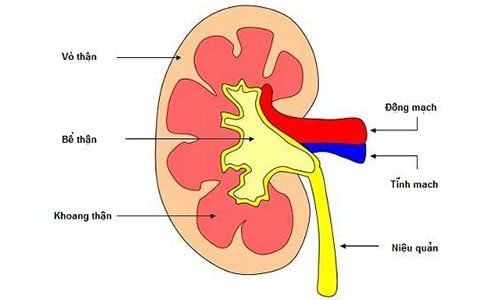
Viêm cầu thận cấp là một bệnh lý gây tổn thương thận cấp tính
1. Treatment of infections caused by Streptococcus
Cephalosporins and penicillins of the β Lactam group are the antibiotics of choice for the treatment of infections caused by Streptococcus in order to limit the spread of bacteria.
Reference dose is Penicillin V 100,000 units/kg body weight/day for 10 days. If allergic to penicillin V, use erythromycin 30-50 mg/kg body weight/day for 10 days.
If the condition is severe, a decision should be made to start antibiotic combination therapy between penicillin and another antibiotic early.
2. Treatment of hypertension
Hypertension in acute glomerulonephritis as well as in urinary nephropathy in general is secondary hypertension. Therefore, when combining treatment of the cause and treatment of symptoms, hypertension is also indirectly adjusted to normal.
However, if the child's blood pressure is too high or there is end-organ damage due to complications of hypertension on the heart, brain, lungs as well as worsening renal failure, aggressive lowering of blood pressure is necessary. . At this time, besides antihypertensive monotherapy, it is possible to combine drugs with many mechanisms of action such as centrally acting drugs, sympathomimetic ganglion blockers, β-blockers, calcium channel blockers, ACE inhibitors. decreased renin secretion. The choice of drug and dose will depend on individual conditions and clinical changes. If there is no response to medication, intervention with dialysis may be needed.
3. Diuretic treatment
Diuretics both help increase urine output, reduce edema, thereby helping to lower blood pressure, reduce blood potassium, correct acid-base and improve kidney function.
These are drugs whose main effect is to increase urine output, increase sodium excretion and directly or indirectly affect the excretion of some electrolytes such as diuretics, which reduce blood potassium through the mechanism of leprosy. carbonic anhydrase enzyme, diuretics that preserve blood potassium through an anti-aldosterone or pseudo-aldosterone antagonist mechanism, osmotic diuretics...
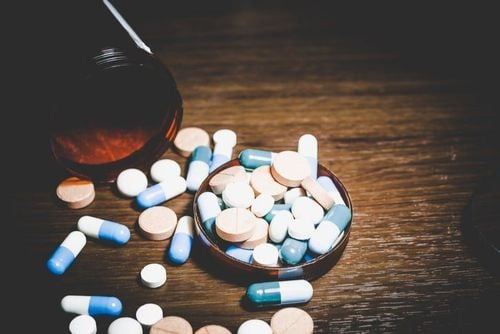
Các thuốc lợi tiểu vừa giúp tăng lượng nước tiểu, giảm phù, qua đó giúp hạ huyết áp, giảm kali máu, điều chỉnh toan kiềm và cải thiện chức năng thận
4. Correction of electrolyte disturbances
Treatment of hyperkalemia: When the blood potassium level is high, it is necessary to remove potassium out with Sodium polyesterene sulfonate resin orally or enema for children if they cannot drink, along with sorbitol to help induce osmotic diarrhea to accelerate potassium. excreted out. If potassium is still high, consider adding Calcium Gluconate, Sodium Bicarbonate, Insulin with hypertonic glucose to cause potassium to re-enter the cells. After a few hours, if it is not effective, it is necessary to appoint an early renal replacement intervention for the child. Control acidosis with Sodium Bicarbonate. Anti-hypocalcaemia by lowering blood phosphorus, using Amphogel 3 mg/kg/day Prevent hyponatremia by limiting hypotonic water intake and replacing hypertonic sodium if sodium is too low.
5. Non-drug treatment
Rest mode: Let the child rest in bed or just do light exercise, avoid playing and jumping until the edema stops and blood pressure returns to normal.
Limit water intake: If the child is still urinating but less than usual, the total amount of water in the day is only equal to the total volume of water lost the previous day (through urine, feces) and about 200 - 500 more. ml (which is an imperceptible loss of water).
In the case of children with complete anuria: Glucose infusion 10-30%: 35-45 ml/kg/24 hours.
Nutrition: The child's diet should limit salt as much as possible, in order to avoid water retention and reduce edema. After the acute phase, the child can eat and drink normally again. In addition, it is necessary to ensure the necessary energy for children, at least 50 Kcal / kg / day.
6. Other treatments
Anticonvulsant in hypertensive brain injury: Diazepam 0.5 - 1 mg/kg or Phenobarbital 3 - 5 mg/kg.
Peritoneal dialysis or extra-renal dialysis (artificial kidney) when combined with multi-mechanical treatment but clinical improvement does not improve, the child develops anuria for more than three days or has water intoxication, severe acidosis , severe hyperkalemia, severe uremia, hypertensive emergency, drug-resistant acute pulmonary edema.
In summary, although more than 90% of children with acute glomerulonephritis after streptococcal infection can be completely cured with conservative treatment, however, if the treatment regimen for acute glomerulonephritis is not correct, complications Acute, potentially life-threatening, or long-term sequelae of chronic renal failure. Therefore, parents need to recognize early signs of acute glomerulonephritis in children and quickly take them to the hospital for timely intervention and prevention of unfortunate consequences.
Please dial HOTLINE for more information or register for an appointment HERE. Download MyVinmec app to make appointments faster and to manage your bookings easily.




